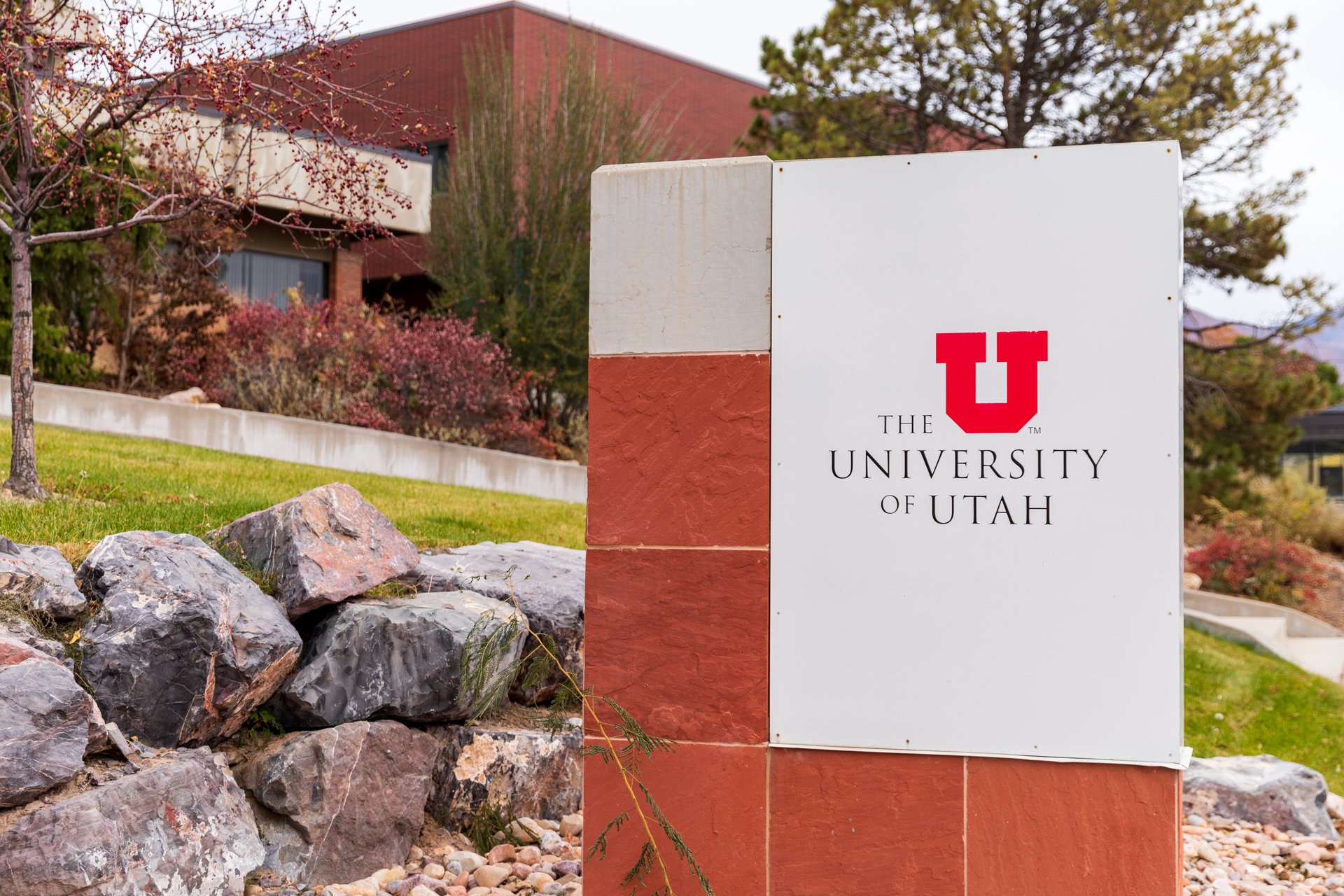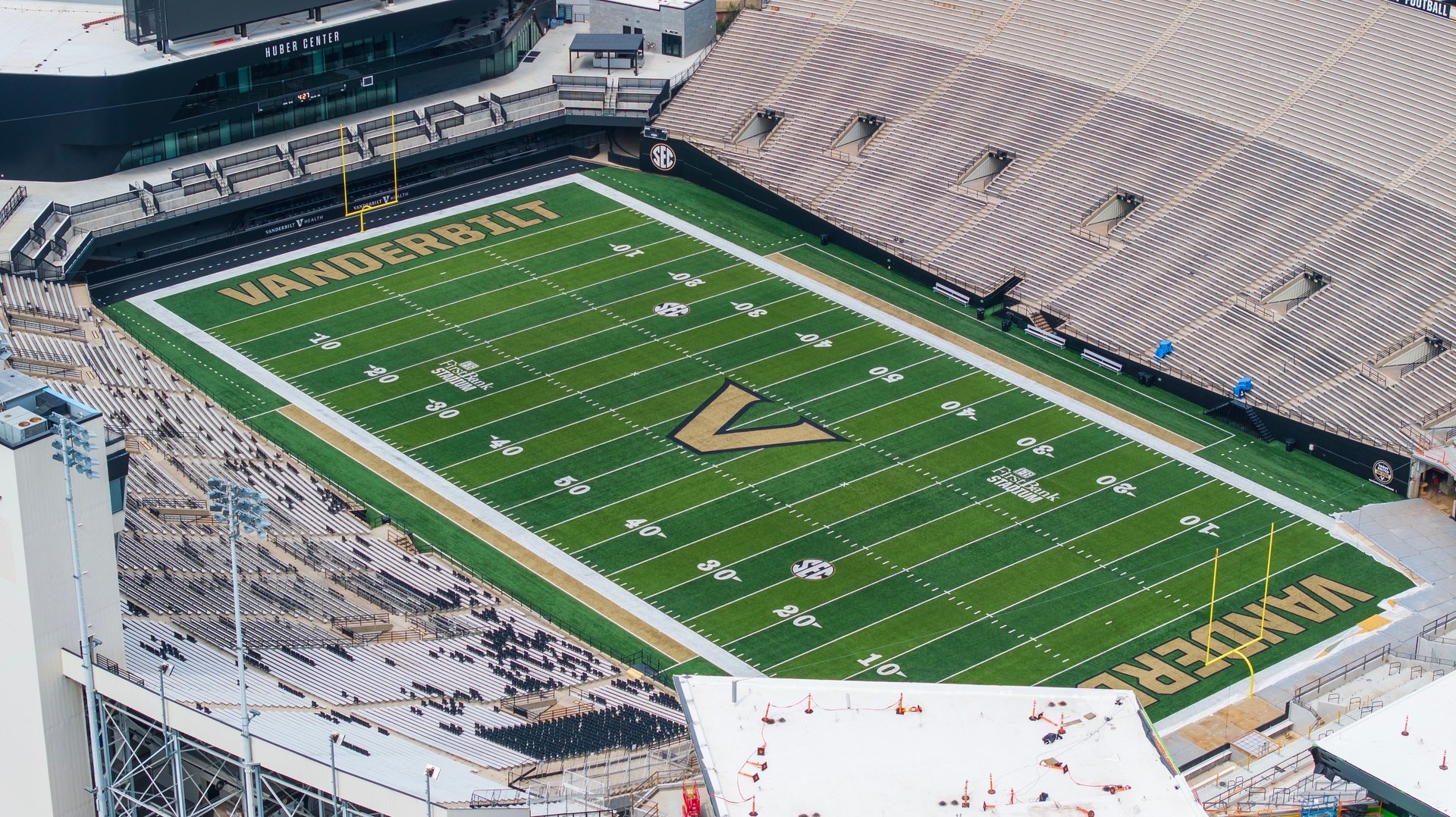Good morning, and thanks for your continued support of Extra Points.
Today's Extra Points comes from Andy Wittry. I'll skip my intro today and pass the mic over to him.
If Ramiro Azcui had to guess, 60 to 70 percent of the top 100 Division I women’s tennis players in a given season were born outside the United States. Azcui, a bilingual native of Bolivia who’s in his sixth season as the head coach at Indiana University after spending 24 years as the associate head coach, has a roster that features players from China, Croatia, Romania and Serbia.
“We used to be able to watch a videotape and say, ‘Yeah, we'll take it’ and it’s a gamble,” Azcui said of an era when the international recruiting process was based on scouting video, not face time or FaceTime. “And sometimes it paid off and sometimes it didn’t. Now, I think we have the opportunity to evaluate them not only as a player, because there's a new system – it's called the UTR, the Universal Tennis Rating – so because of that we can see what kind of player they are and now we’re more worried about what kind of person they are.
“It just kind of helps us out in terms of the recruiting process.”
The UTR is defined as “a rating system that provides a single, unifying language and standard for tennis players across ages, geography, gender and economics.” It sounds very Extra Pointsian.
With the benefit of knowing where prospective players stand in the UTR, Azcui recalled a recent campus visit that a recruit from East Asia took to Bloomington, where the coaching staff’s focus was more on the person than the player, “just to see her personality, what she believed in,” he said. Using the example of Indiana, which has players from three continents and five countries, chemistry is important for players and coaches alike during the recruiting process.
“In the past, you would just never imagine going to Russia,” Azcui said. “But now, one of us coaches might easily go to Russia and be able to meet with the family. It just depends how badly you want that player.”
Boarding a plane to the U.S. and stepping on a college campus is more involved in the recruiting process than some international recruits get. “Some of them pick the school without even visiting the schools,” Azcui said.
Once they’re enrolled and on campus, international players will have to grow accustomed to a new home in a new city with new friends, and oftentimes, a new primary language.

















